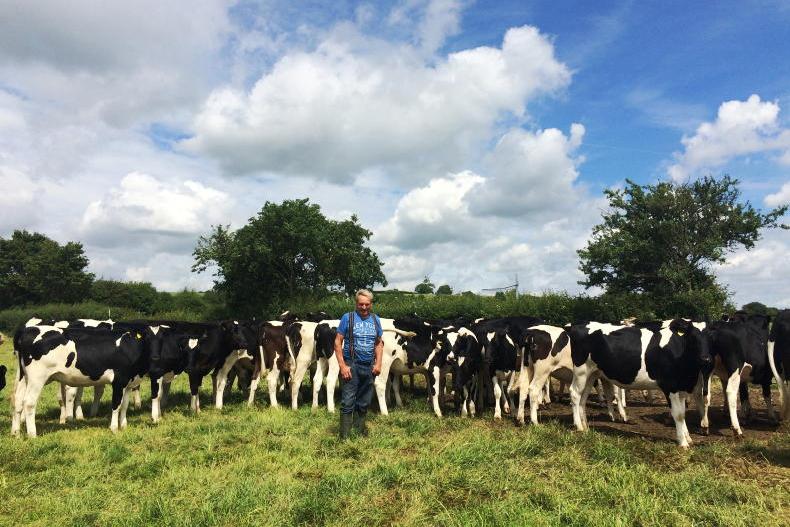My wife and I were fortunate enough to attend the World Dairy Summit in Paris last week.
Take-home thoughts: although the flight from Bristol only took an hour, Charles de Gaulle Airport must be enormous since it seemed to take longer to taxi to the terminal than the flight itself.
The business centre where the summit took place was surrounded by buildings which were truly awesome in their use of glass in shape and size.
Even the old buildings in Paris are beautiful, with very wide tree-lined streets. The metro system is fantastic, but the traffic system is a disaster, with pedestrian-based traffic lights every hundred yards. This makes the slow-moving taxis very expensive.
Louvre
The first night reception at the Louvre was fantastic, with good French champagne and delicious canapes, together with the opportunity to tour the galleries.
I was a bit disappointed on seeing the Mona Lisa - I still think it has a bit of the emperor’s new clothes about it.
The summit itself was extremely well organised, with three lecture halls running constantly.
We attended this summit several years ago in Belfast and it’s obvious that the emphasis has changed completely this year, with the whole of the three days based on coping with global climate change.
The two outstanding talks, strangely enough, were Irish-based. One was the roadmap being practiced by Irish farmers to cope with climate change and the second the report by University College Dublin on the extra benefits of grass-based dairy products.
One stand was displaying a unique method of removing liquid before it mixed with the dung in the cubicle passage. This reduced methane emissions.
It comprised of rubber matting in the cubicle passage, with two gaps running the length of the cubicle passage, about an inch wide and the liquid was collected by a constantly moving conveyor belt to be contained and used elsewhere. Novel, but I’m not sure of the cost.
Seine
On the second night, there was a farmers' dinner on a boat on the Seine, cruising past the illuminated sights of Paris.
An evening enhanced by the opportunity to meet Japanese farmers, each with several-hundred-cow herds, and Indian farmers, who claimed the average herd size in India was three cows, but that may not be quite correct, as it was rather a late night at the bar.
Swiss farmers, German farmers and some very jolly French farmers were in attendance, but there were very few English farmers there. The only ones we met were representing bodies such as the NFU, the AHDB and Dairy UK.
Home farm
At home, we are still grazing cows by day. The cows love the new mattresses we fitted, but we still use plenty of chopped straw.
I think the mattresses have massively helped in reducing cell counts, since the old limestone beds had become pitted and were holding wet straw.
We then tried to remedy this by concreting the beds, but even with ample straw, we were getting swollen hocks and lame cows. The mattresses have been a great success and well worth the expense.
Due to the poaching in the spring, we found it necessary to reseed 40ac. We were forced to use various methods, due to some of the old turf never having seen a plough in its life, but I have decided I am a cowman, not a ploughman.
As an old farmer once said to me, the difference between a good farmer and a bad farmer is 24 hours.
We had 40ac ready to reseed, with the contractor due to come the next day. He was delayed for a day and the heavens opened, with 10 days heavy rain that thoroughly flooded our cultivated pastures.
We then struggled to get some seed on with the fertiliser spreader, some with the quad bike, some with the Atkinson drill and some with the pasture aerator and some not at all. Fortunately, the weather is staying warm, so fingers crossed.
